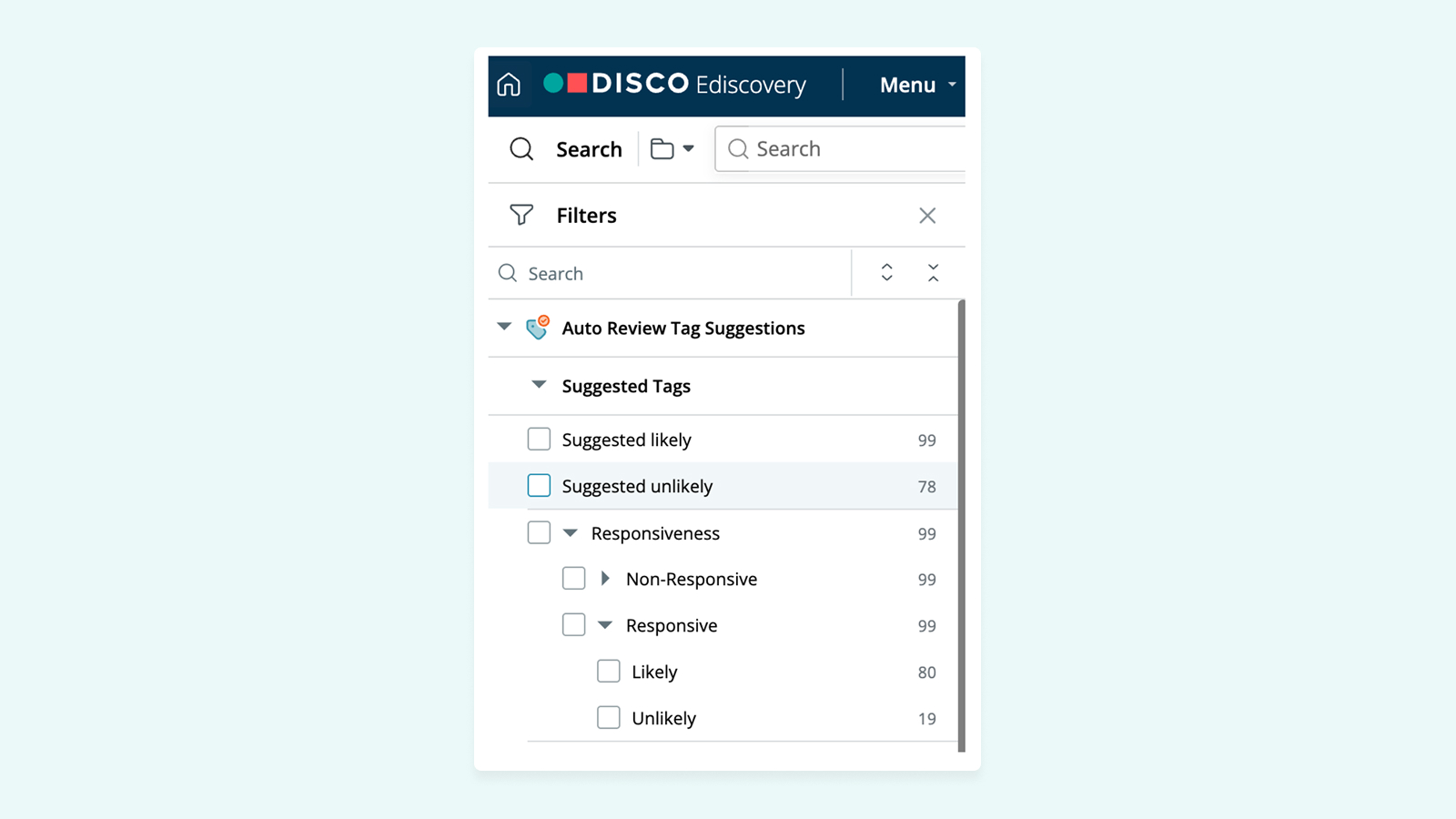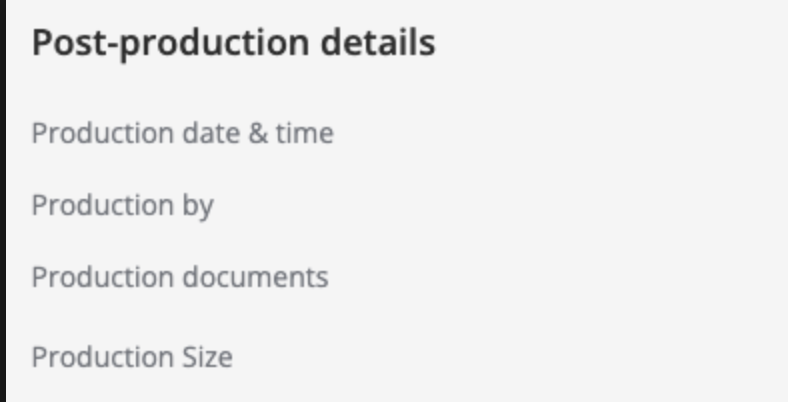⚡️ 1-Minute DISCO Download
This blog is part two of a series focusing on how tech is reshaping the legal world, told from the perspective of different positions within a firm. Read the partner view here.
“Technology is a way for junior lawyers to set themselves apart,” says Edward Irwin, associate at Peters & Peters Solicitors LLP. “I'm a real advocate for embracing tech and trying to be open-minded about it — it has served me really well.”
Edward worked at two large international law firms before moving to Peters & Peters, a market-leading boutique litigation and business crime practice in London, to specialize in civil fraud and commercial disputes. “Many of our clients come to us because a once-in-a-lifetime event has happened to them, and they need help,” he explains. “So the firm has to be on people's radar already. We have to be out and about and make ourselves known.” For Edward, that’s been helped by tech-enhanced processes and workflows, like edisclosure, that help him conduct his work quickly and accurately, automate certain repetitive, administrative tasks, free up more of his time to focus on the bigger picture, and build and develop great client relationships.
A leg up on disclosure strategy
Studying law taught Edward the rules and procedures he needed to effect and follow in order to achieve the best legal outcomes. But what he hadn’t realized, and what academic study couldn’t prepare him for, was how those outcomes could be meaningfully affected by the use of great legal technology. As a junior associate, Edward saw the difference tech could make during one of his first edisclosure projects — because the other side approached it in such a haphazard way.
That counterparty’s edisclosure strategy created such difficulties for them that, staring down the threat of having to redo large parts of the exercise at an enormous cost, they were forced to settle the case on less favorable terms than expected. This was a lightbulb moment for Edward. “It's one of those stories where you're glad you got to experience watching it rather than living it,” says Edward. “I'm acutely aware now that if you do it badly, you can really shoot yourself in the foot, and if you do it well — including scrutinizing and interrogating your opponents’ approach, and allowing the tech to optimize your workflows — then you can gain a meaningful advantage from that.”
Despite disclosure being the phase of litigation solicitors most often complain about, Edward suggested a far more optimistic perspective for young lawyers entering the profession. Technology has been a force multiplier for his professional development, helping him to get involved in the higher-value tasks like case strategy and client briefings. “I have found that meticulously planning that phase of the litigation and being very aware of the tools available and which ones might work best for the particular circumstances of the case is incredibly important,” says Edward. “If you do that planning right up front, then you put yourself in a really advantageous position — and clients pay attention.”
Edward’s tip: AI is one of those funny terms that evokes different reactions, but I don't see it as replacing me or what I'm doing. It's enabling me to do my job better. For example, using AI to make tagging predictions makes the solicitor’s job easier when you’re dealing with large data sets and can save the client considerable sums.
A chance to improve firm processes — and reputation
Edward believes that sometimes firms get stuck finding one way of doing a process and just continuing it ad infinitum. Recognizing this and actively deciding to make a change can be difficult but necessary. Edward considers himself lucky to work at a firm that is receptive to new ideas and innovative practices, and that provides him with the support and trust to implement new tech-enabled processes.
When suggesting a new process, Edward recommends framing the solution in terms of its cost or efficiency impact, and having a plan for what you want to do with the time you’ll save. “If I've got a series of tasks which now take 50% of the time that they used to take, then I can maybe take on another case,” he says. “Or I can use that time to do other things: business development-related activities, relationship building, anything.”
“Tech presents a real opportunity for junior lawyers to set themselves apart by positioning themselves to suggest innovative solutions and ways to improve processes,” says Edward. “Ultimately, the aim is to improve the service. And if you, as a junior practitioner, can be the one who's doing that, then that's fantastic.”
Edward’s tip: Give people autonomy over how they're doing things. I'm conscious that I shouldn't be telling someone that they have to do it the way I did it five years ago, because there's likely a better way of doing it now, of which I may not be aware.
Edward sees a large gap between what he was taught at university and the tech savviness he’s developed on the job. He advises monitoring the legal press for big developments that affect an associate’s day-to-day work, but has actually found the most help from a surprising source. “It is down to the individual to seek out opportunities to learn,” he says. “A lot of my understanding and learning around tech comes from service providers that approach me.” He advises other associates to stay curious and be open to new solutions that could free up time to focus on what’s important in a matter, and never be afraid to make a recommendation that could help your firm transform the way it practices.
Read part one of the series, A Partner’s Perspective on How to Cultivate and Leverage Tech Innovation






%20(1).jpeg)






.png)

